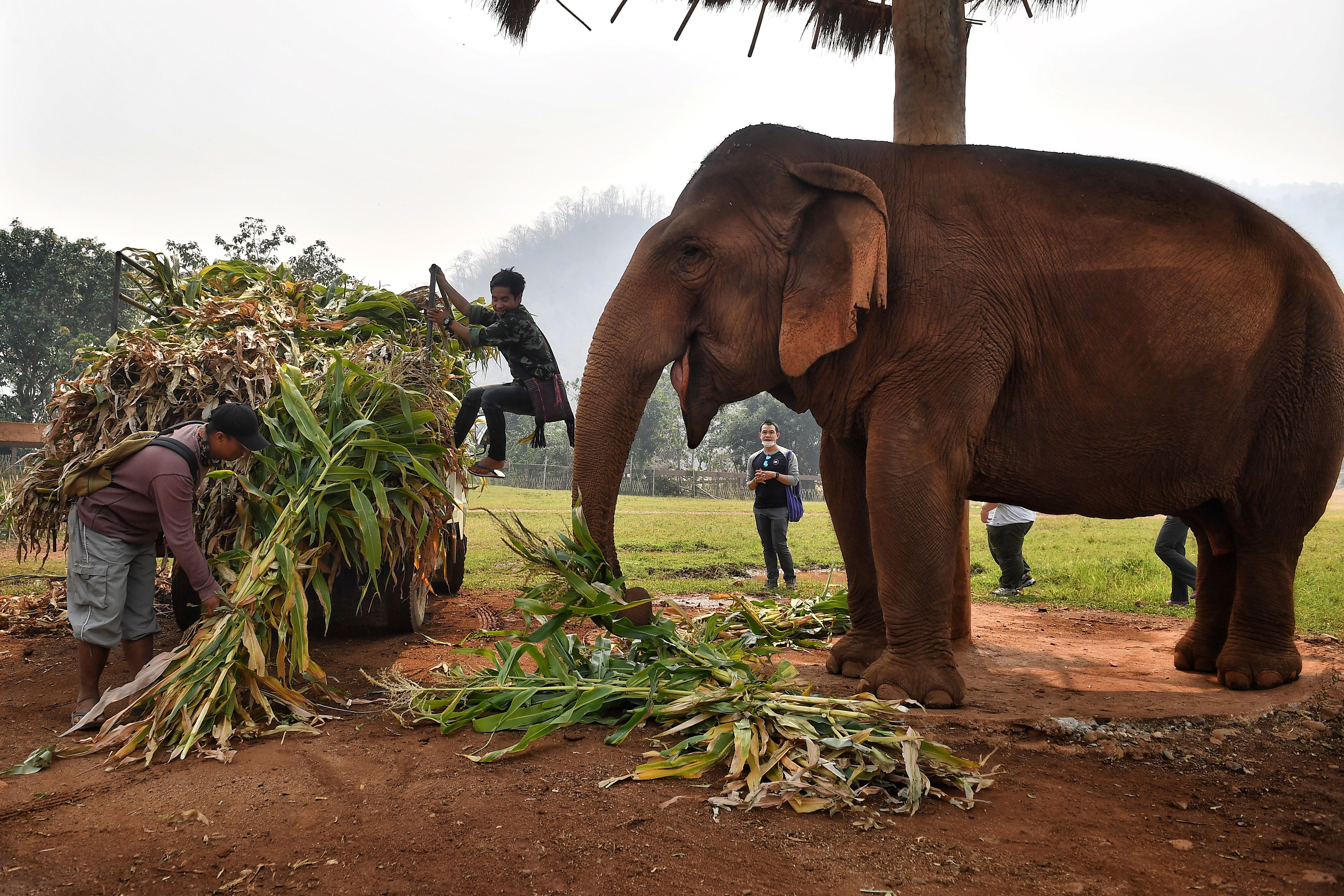Decoding how elephants use trunks ‘like Swiss Army knife’ could help build next-gen robots, say scientists
Study says elephants can inhale at speeds comparable to Japan's 480 kmph bullet trains

Scientists have decoded the physics behind the different ways in which elephants use their trunks to eat, drink, and carry objects, an advance that could help build new kinds of robots.
According to the research published in the Journal of Royal Society Interface, the nostril size and lung capacity of elephants enable them to use their nearly 100kg trunks to grab items with “comparable pressures as the human lung.”
"An elephant uses its trunk like a Swiss Army knife. It can detect scents and grab things. Other times it blows objects away like a leaf blower or sniffs them in like a vacuum,” David Hu, co-author of the study from Georgia Tech College of Engineering in the US, explained in a statement.
In the research, the scientists used methods like ultrasonic imaging and mathematical modelling to assess the trunk muscles at work when elephants ate various foods such as tortilla chips and vegetable cubes.
The scientists found that while eating rutabaga cubes the elephants sucked up smaller cubes, and made a loud vacuuming sound – like the one made by a person slurping noodles – before transferring the vegetables to its mouth.
They then gave elephants a tortilla chip and measured the suction force.
According to the scientists, the animal either pressed down on the chip and breathed it in, or applied suction from a distance, drawing the chip to the edge of its trunk.
Assessing how the animals drank water, the researchers found that in just 1.5 seconds, the trunk sucked up 3.7 litres – equivalent of 20 toilets flushing simultaneously.
By contracting the trunk’s inner muscles, the animal dilates its nostrils up to 30 per cent, decreasing the thickness of the walls and expanding the nasal volume by 64 per cent, they added.
“Based on the pressures applied, we estimate that the elephants can inhale at speeds of over 150 m/s, nearly 30 times the speed of a human sneeze,” the scientists wrote in the study.
The researchers say this speed is comparable to Japan's 480 kmph bullet trains.
“At first it didn't make sense: an elephant's nasal passage is relatively small and it was inhaling more water than it should," Andrew Schulz, who led the study, said in a statement.
"It wasn't until we saw the ultrasonographic images and watched the nostrils expand that we realised how they did it. Air makes the walls open, and the animal can store far more water than we originally estimated,” Schulz added.
The scientists believe that understanding the mechanics and physics behind trunk muscle movements – combinations of suction and grasping – have applications in soft robotics such as the kind used in rescue operations.
Join our commenting forum
Join thought-provoking conversations, follow other Independent readers and see their replies
Comments
Bookmark popover
Removed from bookmarks